The Catalan Language: How to Learn Catalan Quickly
The Catalan language may have a small global footprint with approximately 10 million speakers. But when you learn it, a whole new world opens up to you.
Table of contents
- Why Learn the Catalan Language
- Learning the Catalan Language Is (Kind of) Revolutionary
- Why Catalan is Easy and Fun to Learn
- How Catalan Pronunciation is Similar to Spanish
- Unique Letters and Sounds in Catalan Pronunciation
- Catalan Resources: Free Online Courses for Learning the Catalan Language
- Catalan Language Courses: Low-Cost Classes for Learning the Catalan Language
- How to Practise Catalan with Native Speakers – Find Online Tutors!
- Begin Your Catalan Adventure
Why Learn the Catalan Language
First, you’ll be introduced to some beautiful places. The majority of Catalan speakers are found in Catalunya (often referred to as “Catalonia” in English), in the northeastern corner of Spain, a place where you can both laze on idyllic beaches and climb dramatic mountains.
Catalan is also spoken in the Mediterranean paradises of the Balearic Islands and the city of Alghero in Sardinia, Italy. A variant is also spoken in Valencia, Spain, home of the world-famous paella.
There are Catalan speakers in southern France along the border with Catalunya. Catalan is also the national language of Andorra, a tiny country tucked high into the breathtaking Pyrenees mountains.
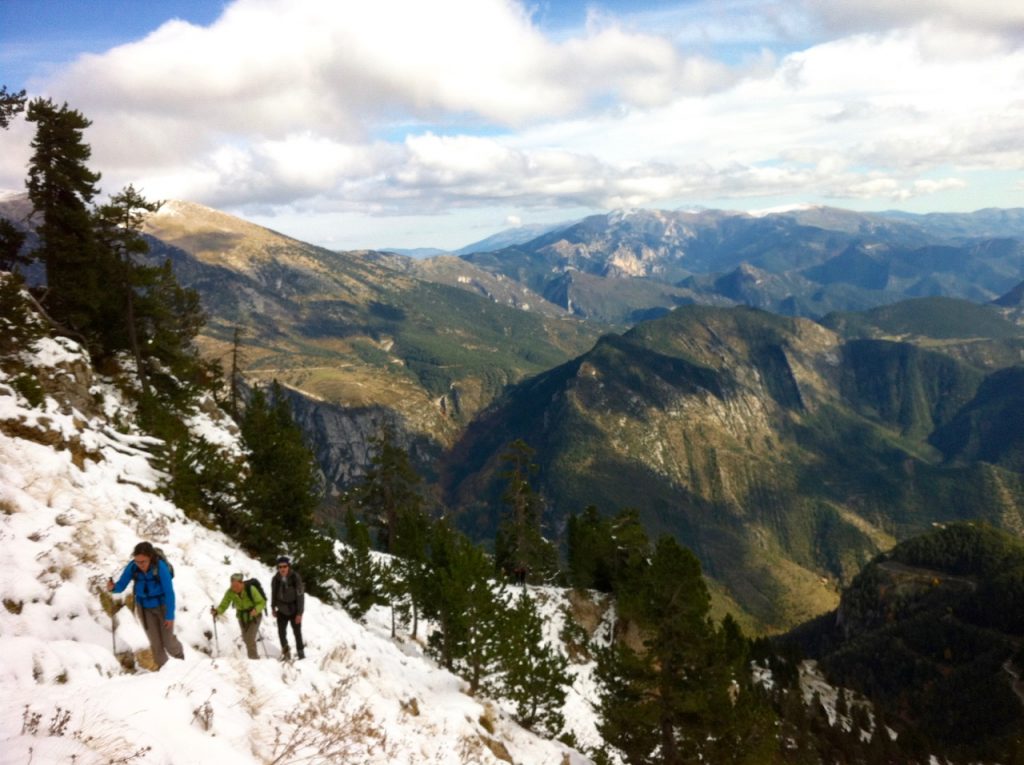
When you learn the Catalan language, you get greater access to the Pyrenees – full of climbing, trekking, paragliding and skiing routes. You will also be able to navigate magnificent Mediterranean islands and beaches, lovely countryside, and vibrant cities.
You’ll be able to fully appreciate many historic sites leftover from the Greeks, Romans, Moors, and the many other peoples who invaded these historically sought-after lands.
You’ll meet some great people, get to know their rich cultural history, and desirable way of life.
Famous Catalans include artists Salvador Dalí and Joan Miró, cellist Pablo Casals, architect Antoni Gaudí, and chef Ferran Adrià.
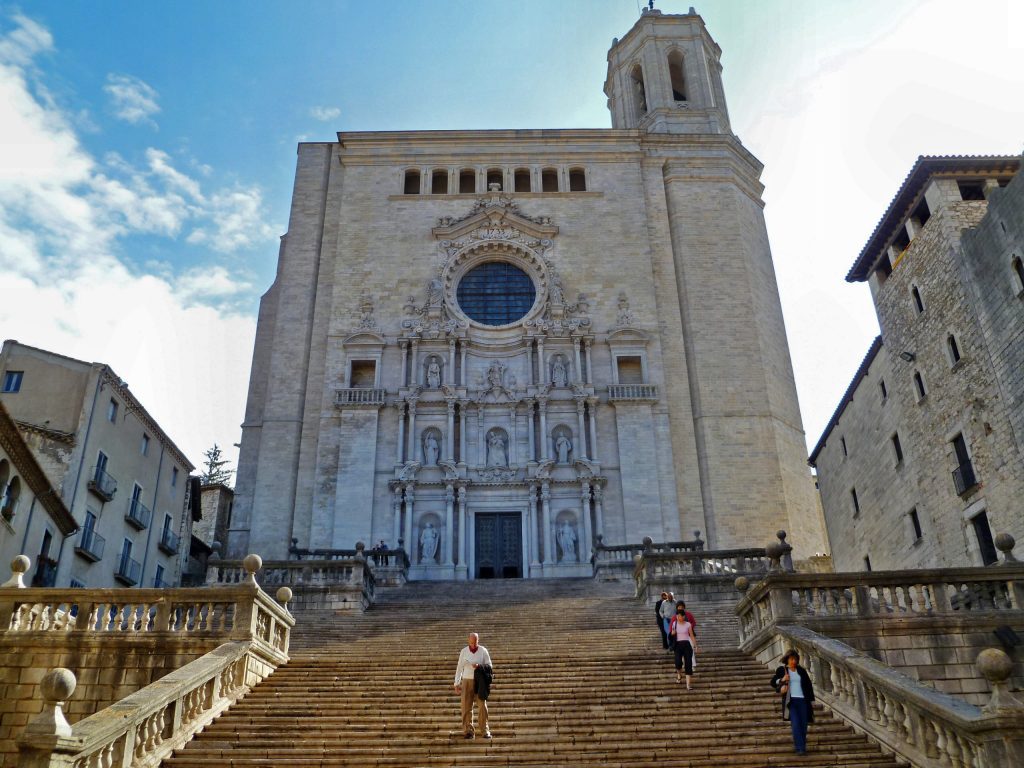
Spain. Photo credit: Georges Jansoone
The gorgeous, friendly and culturally vibrant seaside city of Barcelona is the capital of Catalunya. It has great architecture, fabulous restaurants and lively festivals, such as La Mercè, a city-wide, multi-day party every September featuring free cultural and music events.
Catalans are known for their delicious Mediterranean cuisine. (Many say that, in Spain, their only rival in regional cuisine are the Basques). The recipes are simple; what makes them so outstanding are the tasty and fresh ingredients, including delectable olive oil, seafood, tomatoes, cheeses and charcuterie.
The wine and cava (Catalan sparkling wine) also excellent – and very affordable. This is a place to savour your food and drink in the sunshine.
Finally, they have an awesome soccer team!
Learning the Catalan Language Is (Kind of) Revolutionary
If you’re going to learn Catalan, there is some important cultural and political background that you should know.
Catalunya is officially considered an “autonomous community” within Spain. It has its own government which includes, for example, its own president, parliament and police force.
This democratic political set-up has been in place since 1978, three years after Spanish dictator Francisco Franco died.
A couple of important notes about this:
First, the Catalan language was banned when Franco was in power. Franco enforced the use of Spanish in its place. During this 36-year period, Catalan went largely underground. School was conducted entirely in Spanish.
Many Catalans continued speaking the language in the privacy and safety of their own homes, but it disappeared from the public arena.
Today, you’ll find that most people speak exclusively Catalan in most parts of Catalunya outside Barcelona. The older generations, those raised during Franco’s dictatorship, can produce a rusty Spanish if needed, but they generally prefer to speak Catalan. Some elderly also don’t know how to write Catalan very well since they never learned it in school.
After democracy and the autonomous Catalan government was restored in 1978, the Catalan language reemerged in the public arena once again, in full force.
It is now seen as a key element of Catalunya’s national patrimony and promoted in full force.
Second, there is a strong independence movement in Catalunya. You might have heard that the Catalan government announced a referendum in November of 2014 to see if the majority of the population wanted to split from Spain.
In that referendum, 81 percent voted for independence, though voter turnout was only 42 percent.
Depending where you visit, you will find some people highly opposed to breaking from Spain and others staunchly in favour. Where I live, a rural town in the centre of Catalunya, it seems like the majority of people are pro-independence.
(Our mayor was recently arrested after she refused to take down the Catalan independence flag on City Hall during elections!).
Speaking purely Catalan and participating in Catalan cultural activities – such as castells (building human towers) – are seen as pro-independence actions in places like these.
Why Catalan is Easy and Fun to Learn
Catalan is not difficult to learn – especially if you already speak another Romance language.
Many people think Catalan is a dialect of Spanish and that’s not true at all. It’s as different from Spanish as is Portuguese or Italian.
Like these languages, it did come originally from Latin. So there are many similarities. When it comes to vocabulary, pronunciation and grammar, Catalan actually has more in common with French than Spanish.
That being said, however, many people – like me – come to Catalan by way of wanting to learn Spanish. I know I am not the first person to land on Barcelona’s sunny shores ignorantly expecting to practise my Spanish – only to learn that the dominant language here is Catalan.
Like many people who visit Catalunya, I fell in love with the culture and lifestyle and ended up staying. (In my case, I literally fell in love with a Catalan farmer, and married him!)
Spanish is my strongest second language. Japanese is the language of my father’s family, so I also grew up exposed to it. I’ve taken beginner courses in Japanese, French, and Arabic.
I know, especially from trying to learn Arabic, that when picking up a new language it helps to link new vocabulary and grammar rules with what you already know. Arabic was very difficult because I felt like I had nothing to “hook” the words to in my brain.
No similarities or associations to help me remember.
By contrast, thanks to having lots of Spanish and a little French, I had plenty of “hooks” for Catalan. It was very “sticky” – plus I really like the way Catalan sounds. It’s not as musically effusive as Spanish. It’s more emphatic like French.
There are plenty of examples of verbs that are similar or the same in Spanish and Catalan, and in French and Catalan.
Here are a few for Spanish:
- Acabar – to end, to finish
- Cantar – to sing
- Caminar – to walk
- Estar – to be
- Poder – to be able to
- Saber – to know
- Ser – to be
Yet the verb conjugations are quite different. See with example of the verb “acabar”:
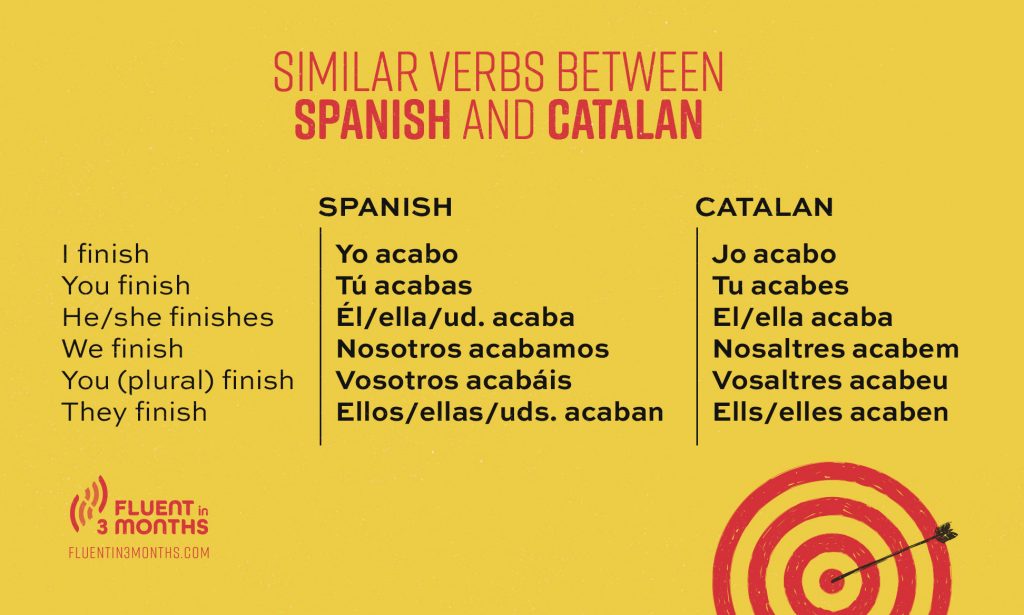
And here are some of the similar verbs between French and Catalan:
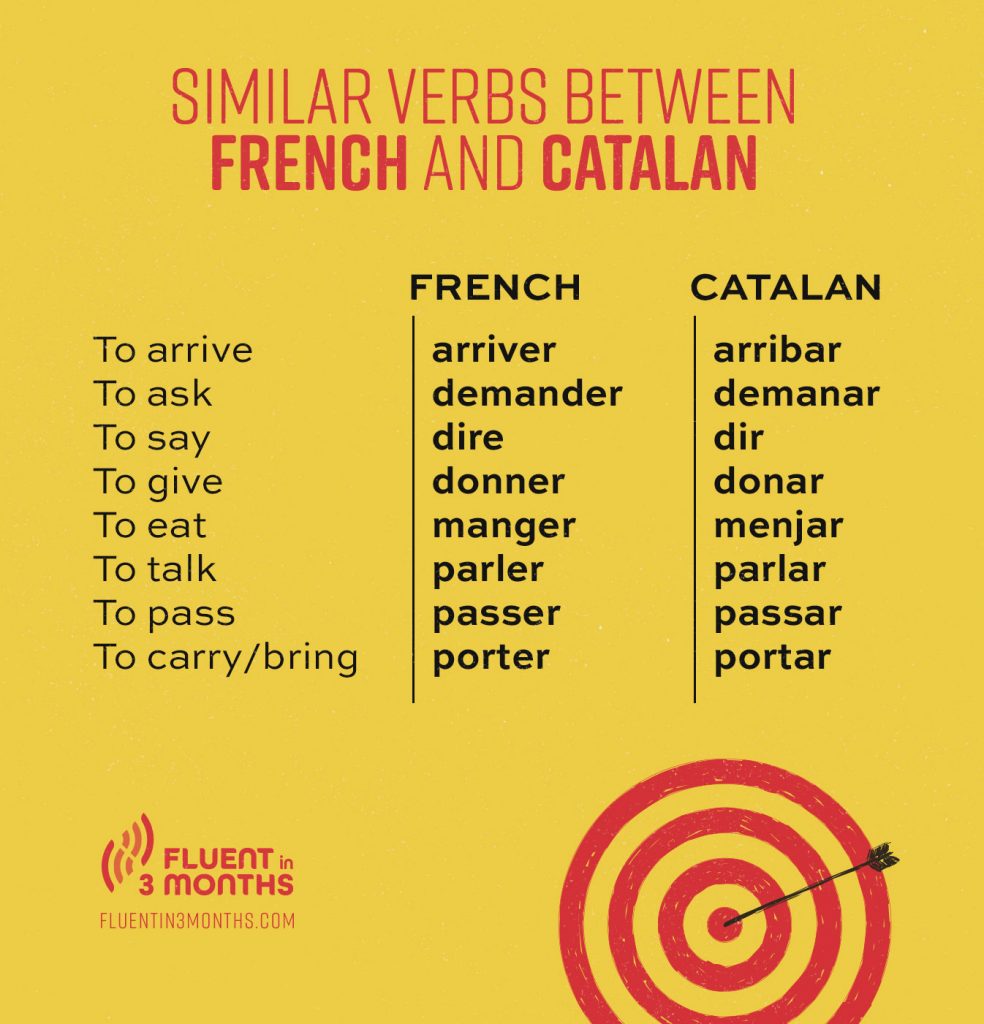
See how many similarities you’ll find if you speak another Romance language? Easy!
How Catalan Pronunciation is Similar to Spanish
Before we dive into the unique letters and sounds found in Catalan, it’s worth mentioning a few that you’ll already know if you speak Spanish.
The Rolled “R”
Like the Spanish, the Catalans roll their “R”’s.
The Sounds of “V” and “B”
In Catalan, as in Spanish, the sound of the letters “V” and “B” are the same.
“Ñ” Becomes “NYA”
Catalan doesn’t use the letter “Ñ” – instead they spell out the sound phonetically as nya.
For example, Catalans would spell their home, Catalunya – whereas the Spanish would spell it as Cataluña.
Another example: The word “to accompany” in Spanish is acompañar, whereas in Catalan it’s acompanyar.
Unique Letters and Sounds in Catalan Pronunciation
Maybe because I’m a writer and avid reader, I enjoy learning how to spell words in a new language. I love how Catalan introduced me to some totally new combinations of letters and sounds.
Pronouncing “X” as “CH”
My favorite by far is the Catalan “X”, pronounced as “CH”.
For example, the word for “lamb” – xai. Pronounce it just like that spicy Indian tea drink: “chai”.
Bet you can guess what this is: xocolata. That’s right, it’s “chocolate”.
And here are two proper nouns: Xile and Xina. Have you figured them out? You got it: Chile and China.
“G” Can Also Make a “CH” Sound
The “ch” sound is very common in Catalan. The “g” can also make this sound (or something very, very similar).
For example, you may have at some point run across this common Catalan surname: Puig. An English speaker might take a stab at this one as “Poog”. But to pronounce it correctly in Catalan it instead has a real bite: “poot-CH” with the “CH” extremely curt at the end.
Another common “G” word is vaig which means “I go.” The pronunciation is something like, “baa-CH”.
The Cedilla “Ç”
The “C” with the cedilla (the little tail underneath the “C”) is a Latin script letter. In Catalan, it’s a hissing “S” (as in “snake”).
For example, the verb “to begin” is començar, pronounced “comenssar.”
Or, take the word for “effort”, which is esforç, pronounced “esforss.”
This letter doesn’t occur very often in Catalan.
“LL” Is a Challenging Sound to Learn
The unique sound of the “LL” is very challenging to learn – and it’s common in Catalan!
First, do not assume it will make the same sound as in Spanish. It’s quite different.
In Spanish, the “LL” basically makes a “ya” sound.
Me llamo = “may yamo.”
However, in Catalan, the “LL” makes more of a “yeuh” sound. For example, the word for “language” is llengua and is pronounced as “yeuhng-wa.”
To make the correct sound of the “LL”, you must learn a whole new way of using your mouth. You have to flatten the front of your tongue and push it against the back of your top teeth to produce it.
It’s really difficult! And the worst part is that Catalans often don’t understand what word you’re getting at unless you make this sound correctly.
If it makes you feel any better, some of my Catalan friends say that they had to practise making this sound over and over when they were kids. One even suggested sticking the tip of a pencil vertically inside my front teeth to properly train my tongue.
(Hey, that kind of works!)
“NY” – Another Challenging Sound
This is also a very common letter combination and quite difficult, especially maybe for visual learners (like me) who see “NY” at the end of a word and want to pronounce it “nee”.
The “NY” sound essentially is the same as a Spanish “Ñ” – but without a vowel following. If this doesn’t make any sense to you, you’re not alone.
In Spanish, an “Ñ” is always accompanied by a vowel afterward, such as in mañana (man-ya-na) or baño (ban-yo). Now try to say baño but without the “o” at the end. That’s how you say bany in Catalan, which also means “bath.”
Did that totally stump your brain? Yeah, me too. I’m still trying to figure out this sound.
The blank looks that I get when I say any (“year”) or lluny (“far” – which has the added fun of the “LL” too) assure me that I still have some more practising to do.
Catalan Resources: Free Online Courses for Learning the Catalan Language
With the movement afoot to encourage more Catalan usage and speakers, you can benefit from some really great resources in learning the language – especially from the Generalitat de Catalunya (local government).
The best is Parla.Cat, which offers free online Catalan courses developed by the Generalitat de Catalunya.
You can sign up to use this website from anywhere in the world (my mom signed up in Portland, Oregon) and choose to either have a self-guided course or hire a tutor additionally for a nominal fee.
The website’s design and functionality feels a little dated, but the materials and lesson plans are top-notch.
Catalan is also an option on Duolingo, although only if you have the website language set to Spanish. That means that if your native language is English – you get a double workout in the tutorials, translating Spanish to Catalan and vice versa.
Catalan Language Courses: Low-Cost Classes for Learning the Catalan Language
If you are able to actually spend some time in Catalunya, you can also take advantage of highly subsidized in-person classes offered by the Consorci per a la Normalització Lingüística.
Most medium-sized or larger towns in Catalunya offer these high-quality classes. In my town of approximately 20,000 people for example, I was able to take three levels of beginner courses. A course generally lasts three months, meets twice a week for two and a half hours, and costs under €15 for the entire semester. What a bargain!
These classes are an interesting sociological immersion as well, where you will meet fellow immigrants to Catalunya. In my classes there were people from other parts of Spain, China, Morocco, Dominican Republic, Ecuador and Venezuela.
How to Practise Catalan with Native Speakers – Find Online Tutors!
Catalans are accustomed to foreigners speaking Spanish or English, so if you strike up a conversation in Catalan, they will likely be both surprised and pleased.
Many people in Catalunya are also eager to learn English, so you should have no problem finding partners for language exchanges in person.
But don’t lose hope if you aren’t able to travel to Catalunya! You can practise with native speakers through websites such as Preply (our review is here).
They’re platforms where you can find online tutors to have conversations wherever you are, whenever you can.
Begin Your Catalan Adventure
Are you learning the Catalan language?
Continue your adventures into català, and you’re sure to meet many wonderful new friends along the way.
Original article by Lisa Hoashi, updated by the Fluent in 3 Months team.

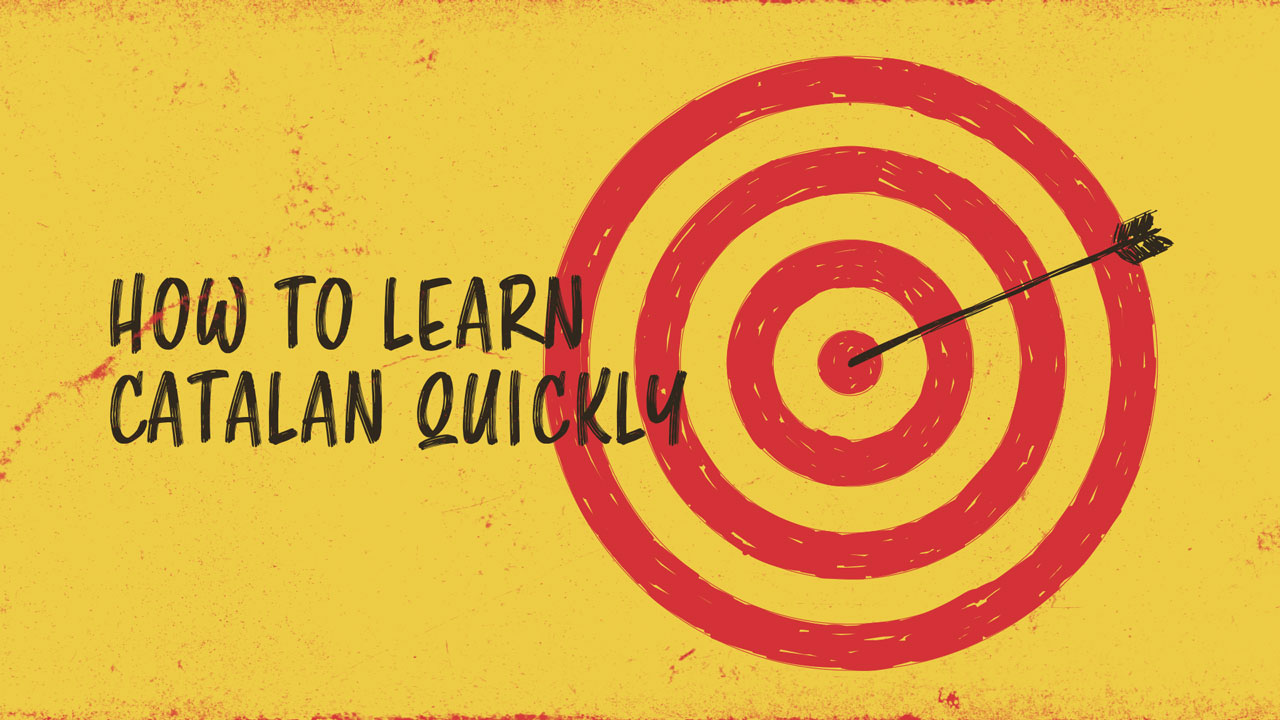
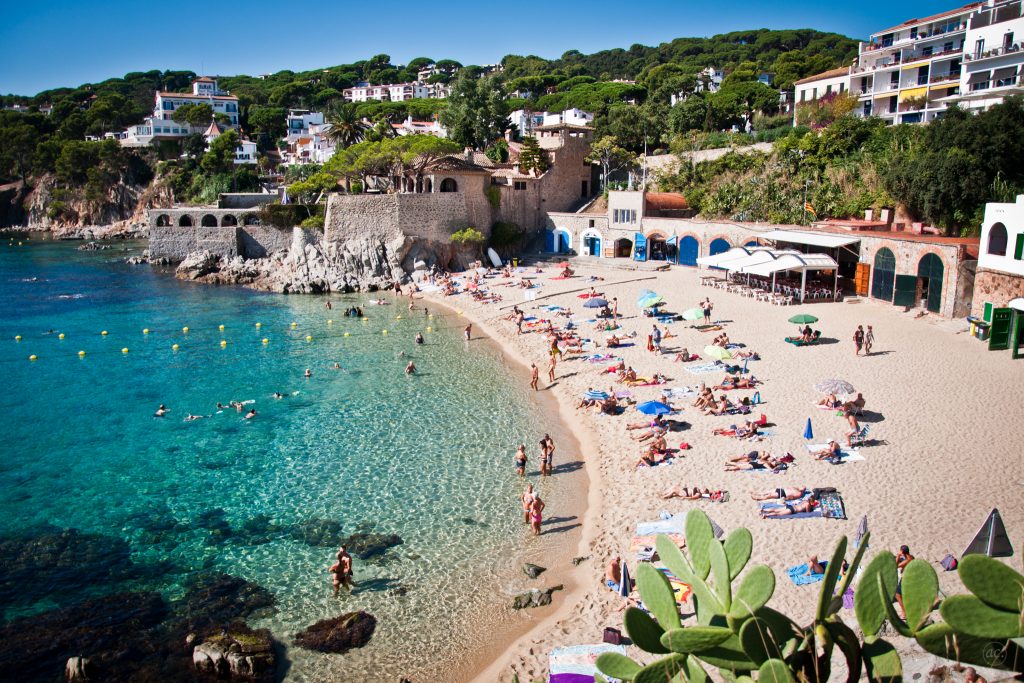
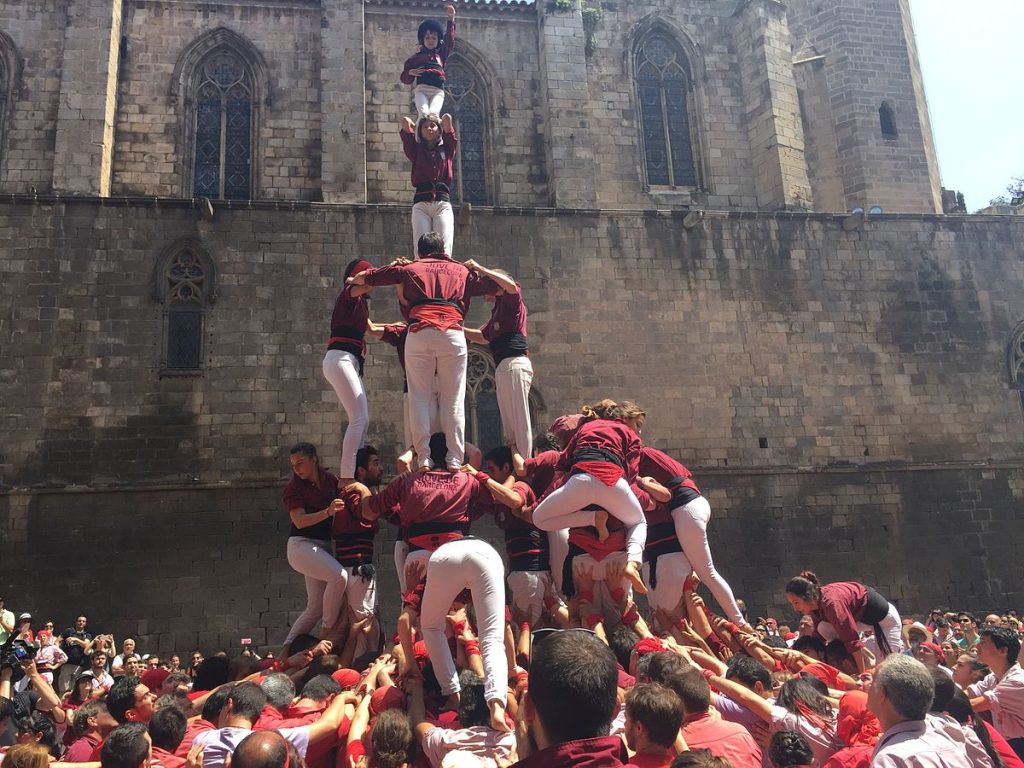

Social